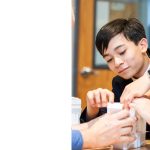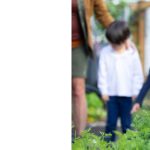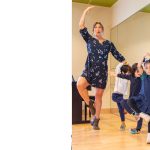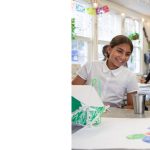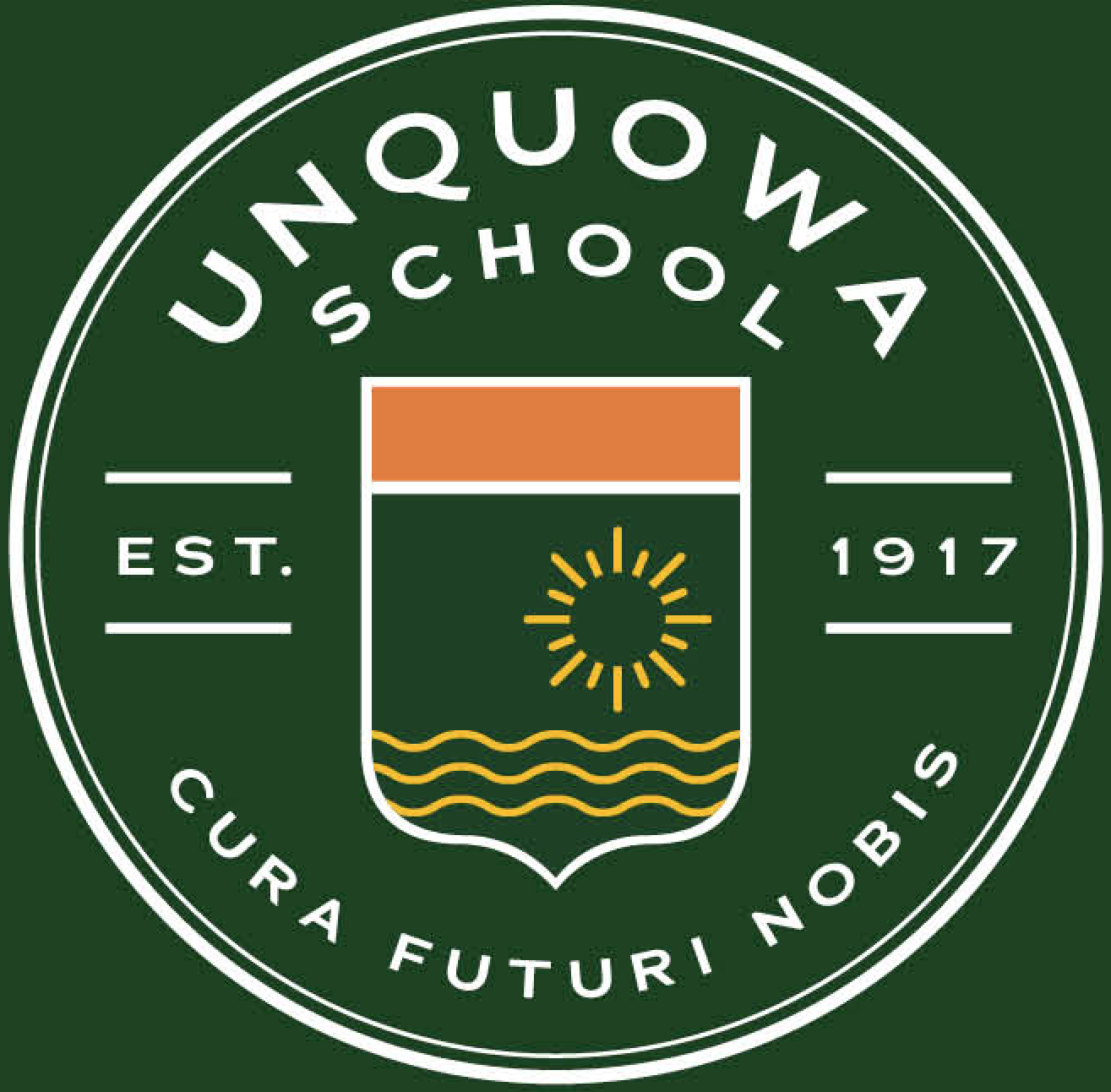Oaxaca, Mexico: A Journey of History, Art, and Culture
Posted by Katie Brenna- Mitla, an archeological site, is important in Zapotec culture.
- Mrs. Ponden and Mrs. Brenna meet artist Josefina Aguilar.
- Lunch stop at “Frida’s” in the Ocotlan market.
- Frida Kahlo’s studio.
- Carving black pottery.
- Painted woodcarvings.
- Artist carving an alebrije.
- Josefina Aguilar’s clay figures on display at her house.
- Irma Blanco created this figure for us.
- Preparing wool for weaving.
- Weaving on a traditional loom.
- Papermaking process.
I think it’s safe to say that Mrs. Ponden and I had no idea what we were really in for when we landed at Xoxocotlán International Airport in Oaxaca, Mexico late night on Thursday, July 14th. Despite having visited Mexico various times, neither one of us had prior experience in Oaxaca, a truly unique treasure.
That first night we drove from the airport to the village of San Andrés Huayapam, our homebase for the next four nights. We would be staying with Linda, proprietor of a unique art-oriented lodging, but more importantly, a true aficionado of Oaxacan folkloric art. As indicated in our Birdsall Grant proposal, one of our main goals was to become acquainted with the numerous artisan villages. In particular, we wanted to meet Josefina Aguilar, a renowned ceramic folk artist, whose techniques Mrs. Ponden has been imparting to her art classes for over a decade.
As we entered Linda’s house that first night, we knew we had chosen our host wisely. Her surroundings were a testament to her unparamounted passion for the region’s artisans and craftsmanship. In fact, we were hard-pressed to find items in her house that were not representative of the region. Better still, as we made a plan that night for our first day touring the area, we reiterated to Linda our strong desire to visit with Josefina Aguilar. Linda’s response to us, “Oh perfect, because tomorrow I have to meet up with Josefina’s son at the pharmacy to purchase her diabetes medicine.” In that moment, we knew that our journey would exceed our greatest expectations and it did.
We spent the next four days visiting distinct villages and learning about their respective art processes and products. We visited the family of Miguel Fabian Pedro in San Bartolo Coyotepec and learned about barro negro (black clay) ceramics. We toured the woodcarving workshop of Jacobo Angeles in San Martín Tilcajete. While there, we learned how they scout out and treat the copal wood that is later carved into figurines called alebrijes (fantastical creatures representative of Zapotec culture). We were fortunate to meet the Blanco Family in the village of Santa María Atzompa. While there, we watched Irma create a unique clay figurine just for us! Also in Atzompa, we were inspired by filigree pottery of the Velázquez family, marked by its elaborate detail and earthy tones. In Teotitlán, the Vasquez family educated us on the art of weaving textiles. In the village of Huitzo, we observed printmaking with Enrique Flores. And of course, we found our way to the home of Josefina Aguilar in Ocotlán where we enjoyed meeting and talking with her and her son Demetrio. Not even blindness brought on by diabetes has been able to stop Josefina from creating the ceramic muñecas (dolls) that she loves. Truly an inspiration!
Although our travels were chock-full of villages and art, we did do other things too! We visited local markets and sampled local fare. Perhaps most interesting of the meals we ate was an indigenous soup called stone soup. This delicious, ceremonial soup containing fish and shrimp is cooked by the extreme heat of a roasted river stone. So fascinating to watch! We were also super fortunate to attend a concert featuring Horacio Franco, world renowned flautist and recorder player. Additionally, our viewing of the majestic Tule tree was a spiritual moment. This enormous tree boasts a 160 foot circumference at its base and is more than 2,000 years old!
What started as a fairly simple idea to go meet Josefina Aguilar, quickly blossomed into a far more profound, collaborative experience than either one of us could have ever imagined. We are grateful to Unquowa and to our families for helping us to live out this unconventional professional development and we are excited to share our experiences with our students.
← What's New at Farm Camp Invention Campers become MacGyver →




